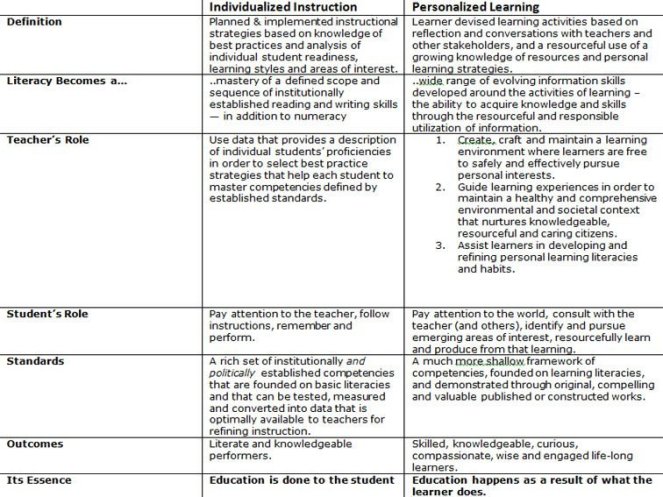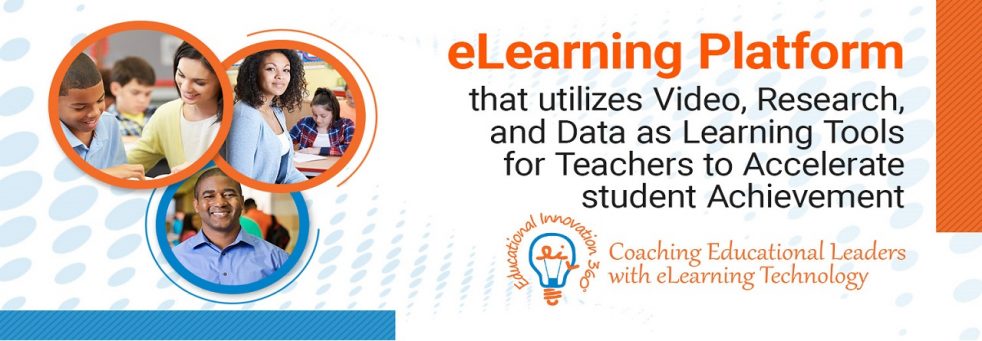Personalized learning is quickly becoming the future of education and more and more schools are offering personalized learning strategies and services to every student. Personalized learning was once utilized when students’ academic needs were well above their group or well below the students in the classroom. Now with schools having access to technology and widespread internet availability along with computer programs, apps, personal laptops, tablets, and smartphones, anyone can have their learning tailored to their speed, level of learning, and style.
Yes, this is where personalized learning thrives but you cannot forget the most important part of new information, relationships. There is a major social aspect necessary in school and it revolves around relationships. A teacher’s relationship with their student and the student’s relationships with their peers, coaches, and mentors. Students must trust their relationships and systems must be put in place so students feel like they can rely on their network for success.
Don’t think of personalized learning as being lonely
When most families think of personalized learning, they picture a child alone staring at a tablet screen. They may envision is a teacher working one-on-one with a child at their home or in an online environment. I think many of these perceptions have changed this year, we are diversifying learning and so personalized learning can take on many different forms and each form looks a tad-bit different.

David Warlick: The Definition Of Personalized Learning
One way personalized learning can be incorporated into a classroom is through segmentation and 1:1 students dictating their own path. Different parts of the classroom may be set up to provide additional resources for a struggling student or as a way for gifted students to bypass learning A topic they already know. Also the biggest part is student choice, students can work independently on projects specific to their academic level and teachers can pull out students and support them on their individual work or test them on their growth in the class. We know that relearning old information is not stimulating enough for a child so they will be redirected to do something else (Vargo & Janice, 2017). Even if there is not a physical teacher presence to guide them, students who are enrolled in online education can greatly benefit from personalized learning strategies and curriculum tailored to their needs. Older students become the driver of their own education and understand that the teacher is a facilitator to support and guide students on new content and instruction.
Online students in effective e-learning programs have a lot of resources at their fingertips so they can usually connect with their network or collaborate with their peers to stay connected. The expectation is not for them to compete with their peers but to reflect on their own learning and grow at their own pace while coaches or mentors help guide them through various stages of their curriculum.
Yes, we can do Personalized Learning in K-12 Schools
One of the best outcomes of implementing personalized learning in a face-to-face environment is access. Students in urban and rural settings tend to lack access to courses based on location. E-learning and personalization help in this category. If a student wants to take a math class that is not offered at the school partnerships have already been created for personalized learning to take place through local junior colleges and partnering high school. I think it’s time for US schools to redefine the terms and consider partnerships across the region. If we are truly looking to support all students at their academic level we must re-design policies, procedures, and networks across the local, district, and regional levels. When personalized learning is given to minority students, they can graduate at the same time with their class, and at-risk students will not be left behind (Ann Abajian, 2020).
There are 4 types of competencies that personalized learning programs focus on: social/emotion, motivational, metacognitive, and cognitive. And while many people would rather stick to the standard learning programs that have prevailed in the US educational system for decades, they cannot deny the effectiveness of the results of personalized learning.
References
Ann Abajian. “Closing the Achievement Gap with Personalized Learning.” Learn4Life, 28 Jan. 2020, https://learn4life.org/closing-the-achievement-gap-with-personalized-learning/.
Vargo, Janice. “Six Examples of What Personalized Learning Looks Like.” Education Elements – Your Personalized Learning, 1 Nov. 2017, https://www.edelements.com/blog/six-examples-of-what-personalized-learning-looks-like.
Warlick, A. D. (2013, June 21) [IMAGE]. Individualized instruction vs. personalized learning. 2 Worth. Retrieved November 4, 2021, from http://2cents.onlearning.us/?p=4259.
